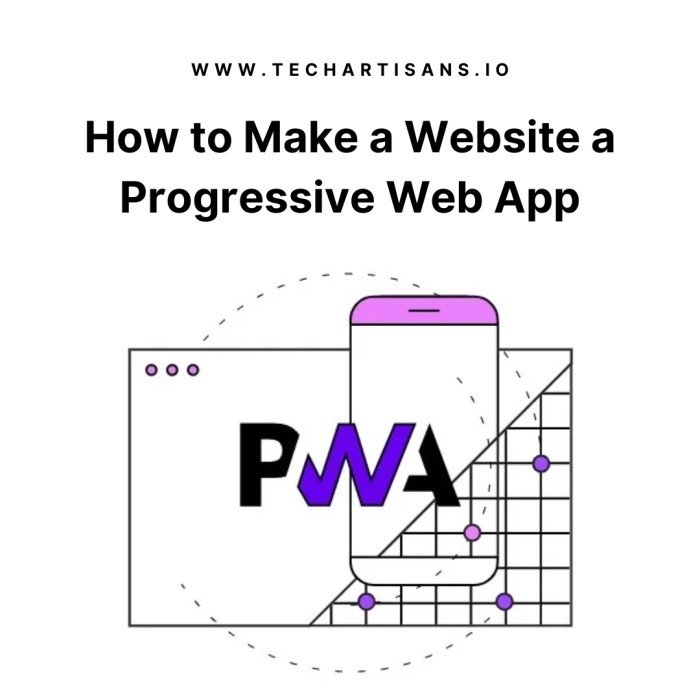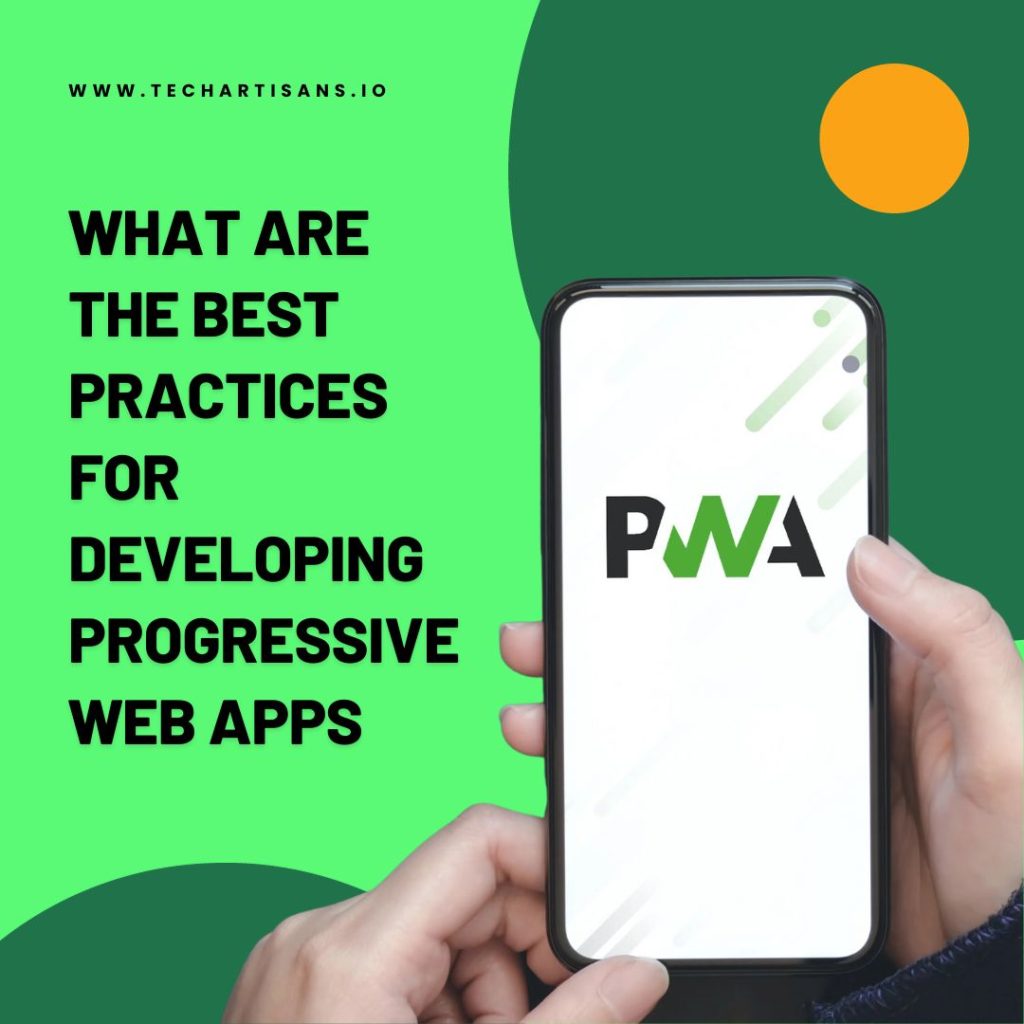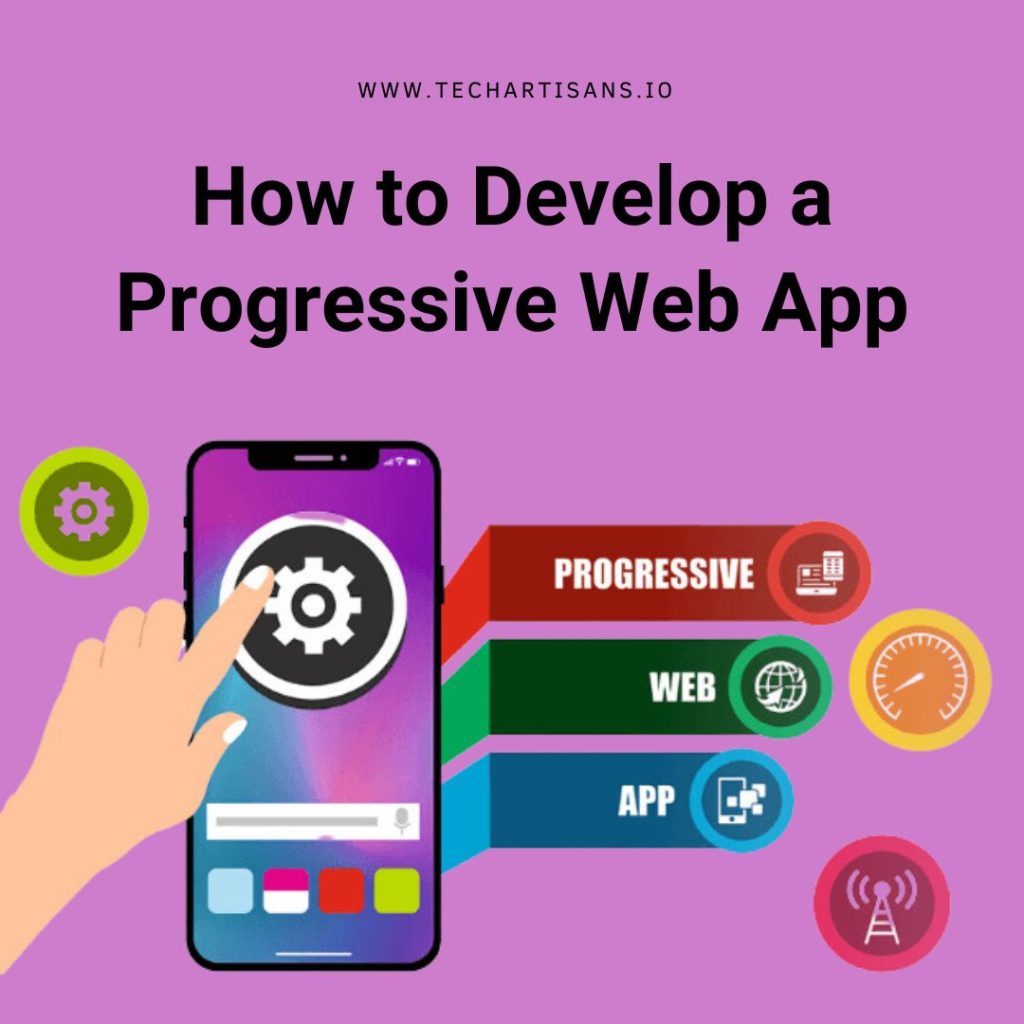Progressive Web Apps (PWAs) represent a groundbreaking advancement in the digital landscape. They are essentially websites that function like native apps, providing a seamless, app-like experience directly from the web. This blog will guide you through transforming your website into a Progressive Web App (PWA), enhancing user experience with fast, reliable, and engaging features.
Why Convert Your Website into a PWA?
In today’s competitive digital landscape, converting your website into a PWA can be a game-changer. But why should you consider making this switch? Let’s explore the benefits and why progressive web apps are gaining popularity among small to medium business owners.
Offline Functionality
One of the most significant advantages of PWAs is their offline functionality. This means that users can access content or perform actions without an active internet connection. It’s achieved by caching key resources, enabling a seamless user experience even in areas with poor or no connectivity.
Improved Speed
PWAs are renowned for their speed. By using service workers to cache data, they can load almost instantly, providing a swift user experience that is not interrupted by network speed or quality. This results in higher user engagement and lower bounce rates.
Home Screen Access
PWAs can be conveniently added to the home screen of a user’s device, simulating the feel of a native app. This high accessibility encourages frequent usage and interaction, driving improved user engagement and retention.
Advantages for Businesses
Adopting PWAs can lead to increased customer engagement and conversion rates for businesses. PWAs’ lightning-fast loading times and offline capabilities reduce bounce rates, while the app-like user experience enhances user retention. Plus, the easy home screen access of PWAs offers businesses a high visibility presence right on the user’s device.
Real-World Success Stories of PWAs
Many well-known businesses have implemented Progressive Web Apps and have experienced remarkable advantages as a result.
Twitter: The microblogging giant launched Twitter Lite as a PWA and saw a 65% increase in pages per session, 75% more Tweets, and a 20% decrease in bounce rate.
Starbucks: Upon transitioning to a PWA, Starbucks experienced a double-digit increase in daily active users. Customers can now browse the menu, customize orders, and add items to their cart, even offline.
Pinterest: After switching to a PWA, Pinterest saw a 60% increase in core engagements and a 40% rise in ad revenue.
These success stories clearly illustrate the potential of PWAs in enhancing user engagement and driving business growth.
Technical Prerequisites for PWA Conversion
Before diving into the process of converting your website into a Progressive Web App, it’s essential to understand the technical prerequisites. These are the fundamental requirements that your website must meet to successfully transition into a PWA and deliver the intended user experience.
Tools and Technologies Needed
The essential tools and technologies for converting your website into a PWA include a secure server (HTTPS), a Web App Manifest, and Service Workers. Besides, you’ll need JavaScript, a basic understanding of the Fetch API, and the Promise object.
Web Development Concepts
A basic understanding of web development concepts is critical for converting a website into a PWA. It includes knowledge of HTML for webpage structure, CSS for design, and JavaScript for functionality. Grasping how the browser and server interact using HTTP requests will assist in implementing service workers and caching.
Creating a Progressive Web App (PWA) Website
Before turning a website into a Progressive Web app, let’s start by understanding what we need. This guide will take you through each conversion process step and give practical advice to help you build your PWA effectively.
Preparing Your Website
The first step in preparing your website for PWA transformation is to ensure it’s fully responsive and operates smoothly across different devices and screen sizes. Your site must be served over a secure network (HTTPS), as PWAs require a secure environment. Lastly, ensure all website pages have an independently accessed URL to allow caching and offline functionality.
Configuring the Web App Manifest
The Web App Manifest is a JSON file that provides metadata about your app, such as its name, icons, and display properties. To create it, you’ll need to add a manifest.json file in the root directory of your website and configure it with the necessary details. This step is crucial for your website to be recognized as a PWA and to enable home screen installation.
Implementing Service Workers for Offline Support and Caching
Service Workers play a key role in enabling offline functionality and resource caching. They operate in the background, managing network requests, caching resources, and providing offline support. Begin by creating a service worker file, then use the ‘install’ and ‘fetch’ event listeners to cache and serve assets, providing a seamless offline experience.
Testing the PWA On Various Devices
Testing it across various devices is critical once you’ve implemented the necessary features for your PWA. This step ensures your app provides a consistent and user-friendly platform experience. Use different browsers, operating systems, and screen sizes for a comprehensive evaluation.
Best Practices for a Successful PWA
As you work towards transforming your website into a successful Progressive Web app, it’s crucial to follow best practices to ensure that the technical implementation is as effective as possible and that users have a great experience.
Ensuring Cross-Platform Compatibility
Ensuring cross-platform compatibility is crucial for an effective PWA. It involves optimizing your app to function seamlessly across different operating systems, browsers, and devices, thereby ensuring a consistent and engaging user experience for all users.
User Experience Enhancements
User experience enhancements encompass a range of tactics to elevate the overall user interaction with your PWA. These include intuitive design and navigation, fast load times, personalized content, and seamless offline functionality. Continual testing and refinement based on user feedback can further refine these enhancements.
Keeping Your PWA Updated
Regular updating of your PWA is key to maintaining its efficiency and relevance. This includes incorporating the latest technical improvements, updating content to keep it fresh and engaging, and swiftly resolving any bugs or issues that may arise. Regular updates improve the user experience and reinforce your commitment to providing value to your users.
Pitfalls to Avoid During Conversion
Converting your existing website into Progressive Web Apps can be challenging. Knowing common pitfalls that can hamper the process and impact the user experience is important. Let’s explore these potential challenges and learn how to avoid them for a smoother transition.
Overlooking Performance Optimization
Overlooking performance optimization is a common pitfall drastically affecting your PWA’s user experience. It’s crucial to focus on aspects like load time, server response time, and efficient use of data to ensure your app runs smoothly and quickly. Implementing techniques such as caching, lazy loading, and minifying code can significantly improve performance and user satisfaction.
Ignoring Search Engine Optimization for PWAs
A common mistake people make is ignoring Search Engine Optimization (SEO) for PWAs. It’s important to remember that a well-optimized PWA ensures a great user experience and helps improve visibility on search engine results. You should integrate basic SEO practices, such as properly using meta tags, keywords, and structured data, into your PWA development process.
Conclusion
Converting a website into a Progressive Web App is a process that requires careful planning, technical knowledge, and an understanding of best practices. Key aspects to consider are ensuring cross-platform compatibility, enhancing user experience, keeping the PWA updated, and avoiding common pitfalls such as overlooking performance optimization and ignoring SEO. By embracing Progressive Web Apps, businesses can unlock the potential of the web, providing a seamless, engaging, and high-performance experience for all users.







